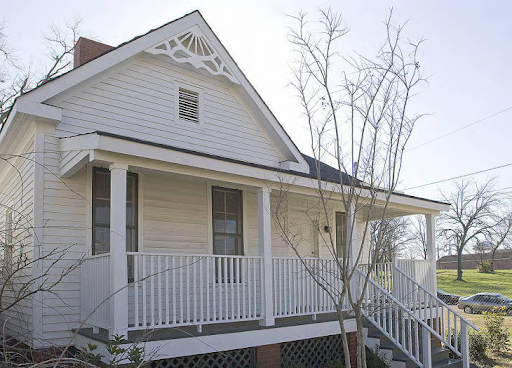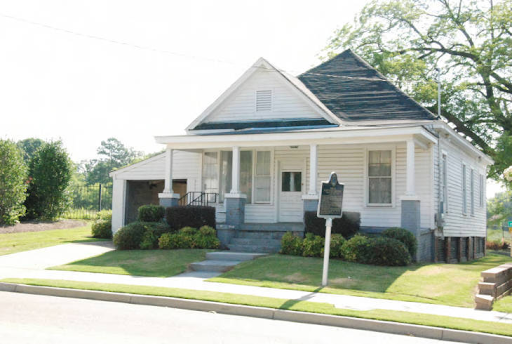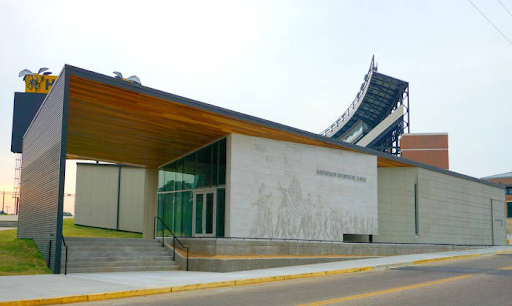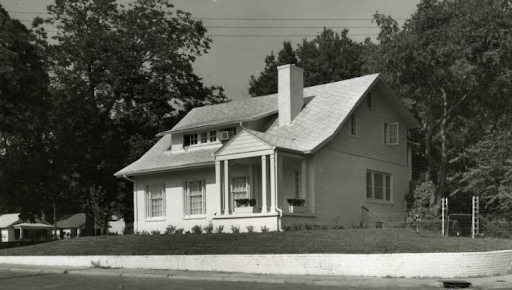The Cultural District of ASU is situated along Harris Way on the eastern side of the campus. The district consists of several historic resources including the Montgomery Interpretive Center on the Selma-to-Montgomery National Historic Trail, the Nat King Cole House, and the First Baptist Church Parsonage (Rev. Ralph Abernathy’s house). Exhibitions on the first floor of the University Library and the Civil Rights Memorial Gardens just south of the Library are also part of the University’s Cultural District.
-
Nat King Cole’s Birth House
This one-story house is the birthplace of celebrated entertainer Nat King Cole. The house was purchased in the 1910s by Edward Coles, a working-class preacher, and his wife, Perlina Adams Coles. Nathaniel Adams Coles was born March 17, 1919 and lived in this house with his parents and siblings until the family’s move to Chicago in 1923. Once located on St. John Street in the Montgomery, Alabama community of Bel-Aire, the house was moved several blocks north to make way for construction of ASU’s football stadium.
-
First Baptist Church Parsonage-Abernathy House
Rev. Ralph David Abernathy, a 1950 ASU graduate and co-organizer of the Montgomery Bus Boycott, occupied this home from 1952 to 1961, when he pastored the First Baptist Church. Among other notable events at this house, Reverend Abernathy hosted planning meetings for the Montgomery Bus Boycott, discussed organizing the Southern Christian Leadership Conference, and helped ASU students plan a sit-in at the Montgomery County Courthouse. Montgomery Interpretive Center (MIC): The National Park Service operates the Montgomery Interpretive Center along with Interpretive centers in Dallas and Lowndes Counties, along the Selma to Montgomery Historic Trail. In 1965, thousands of marchers led by Dr. Martin Luther King, Jr., walked the fifty-four-mile trail from Selma-to-Montgomery as a way to draw attention to the need for federal voting rights legislation. Their efforts helped to usher in the 1965 Voting Rights Act.
-
Montgomery Interpretive Center (MIC)
The National Park Service operates the Montgomery Interpretive Center along with Interpretive centers in Dallas and Lowndes Counties, along the Selma to Montgomery Historic Trail. In 1965, thousands of marchers led by Dr. Martin Luther King, Jr., walked the fifty-four-mile trail from Selma-to-Montgomery as a way to draw attention to the need for federal voting rights legislation. Their efforts helped to usher in the 1965 Voting Rights Act.
-
Civil Rights Memorial Garden
Planned as a memorial to the institution’s founders, ASU students, faculty, staff, alumni, and other ASU-connected individuals who played significant roles in the civil rights movement, the Memorial Garden exists as a place for contemplation and beauty outside the Levi Watkins Learning Center. The Garden is expected to be constructed by 2024.
-
The National Center: Links for a Virtual Visit






